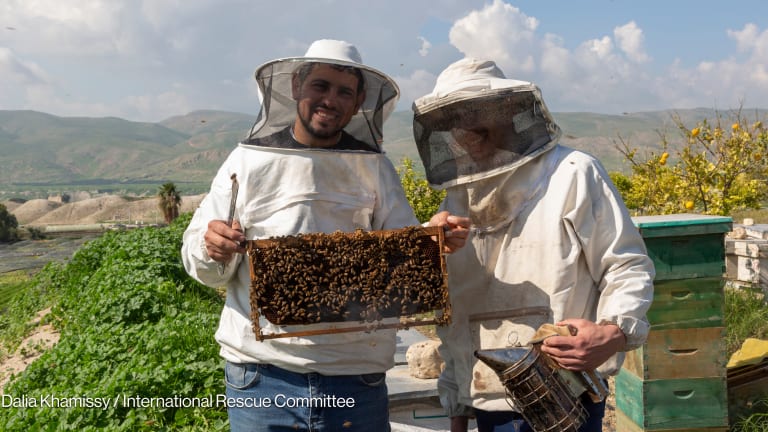The aid and development sectors need to undergo a paradigm shift in order to build resilience among fragile states, according to Jonathan Papoulidis, executive adviser on fragile states at World Vision.
The Organisation for Economic Co-operation and Development currently classifies around 60 countries as fragile. It projects that by 2030, 80% of the world’s extreme poor will be living in these contexts, a figure that’s likely to be exacerbated by COVID-19.
“In the aid sector right now, we’re really not focussed meaningfully on complex risks. We’re focused a lot more on needs. Both drive growth and reduce poverty,” Papoulidis said.
In a recent World Vision survey, it was found that more than three-quarters of people think adopting a solid fragility-to-resilience agenda is crucial to achieving the Sustainable Development Goals. Yet almost half believe aid programs are not sufficiently focused on addressing the root causes of fragility.
“We need an approach to projects and program interventions that is much more adaptive to the situation — to shocks and stress from conflict, disasters and pandemics, etc. — and much more adaptive to the context itself,” said Papoulidis, adding that scalability of projects is also crucial.
In a conversation about how to better serve and support some of the world’s most vulnerable populations in fragiles settings — sponsored by the World Bank and running alongside the the World Bank's Fragility Forum 2020 Virtual Series — Papoulidis explained what a paradigm shift might look like on a practical level, as well as the role of development and aid organizations in helping countries move from crisis and conflict to peace and resilience.








